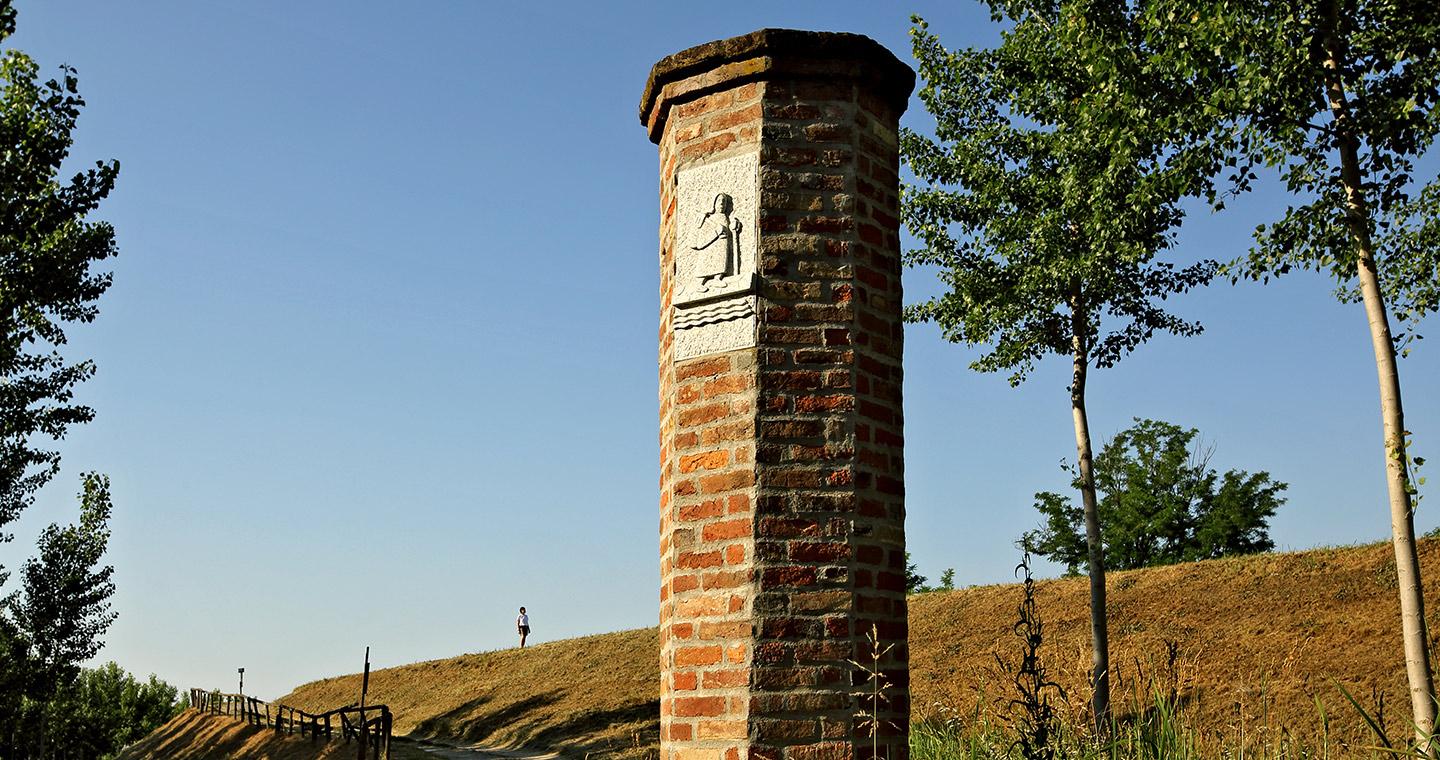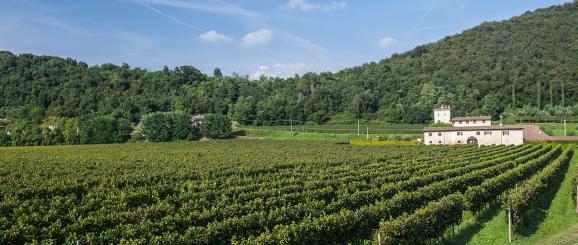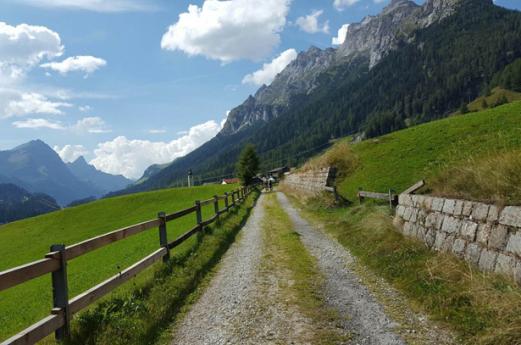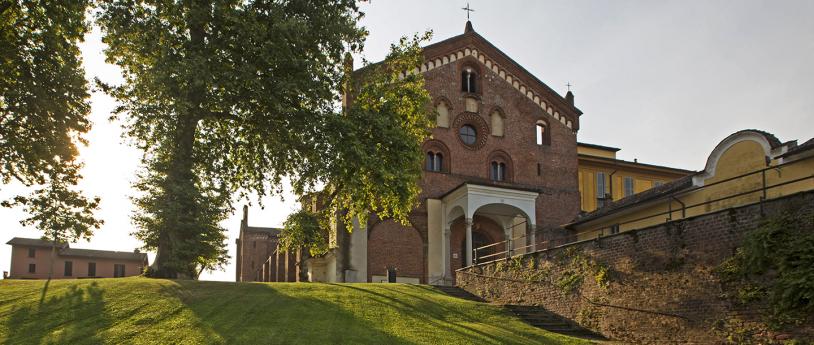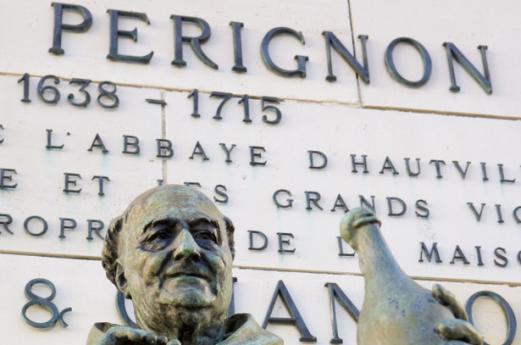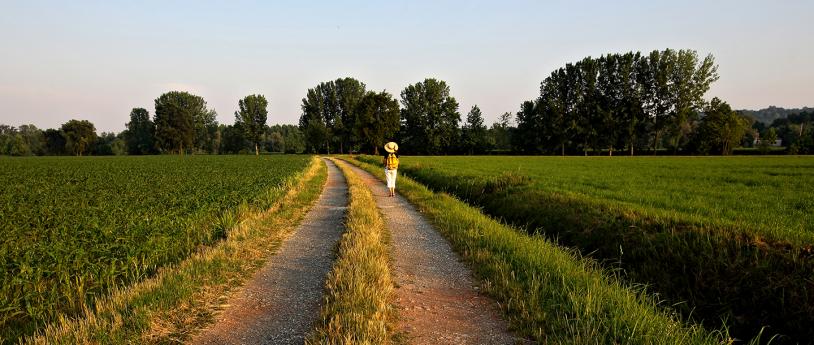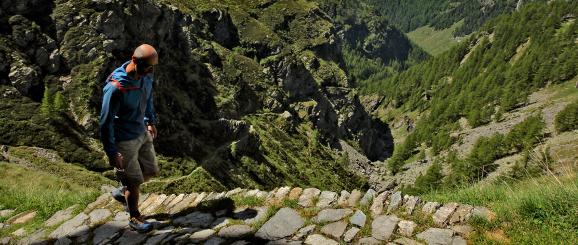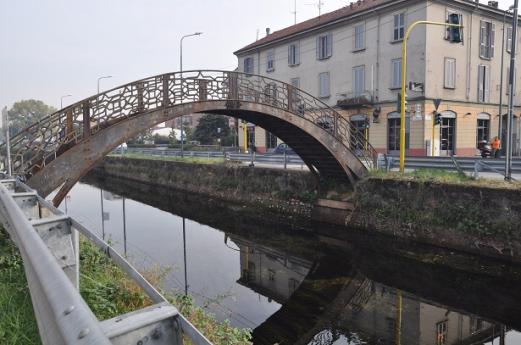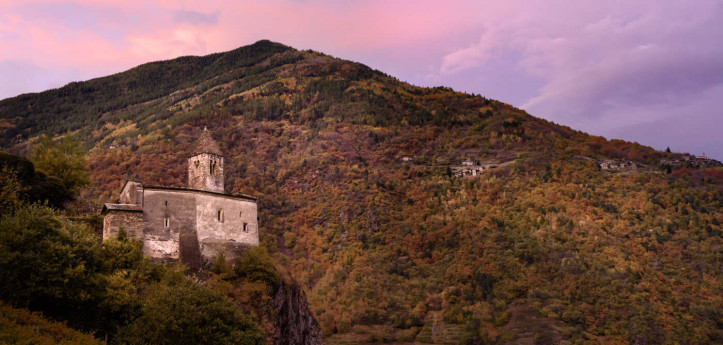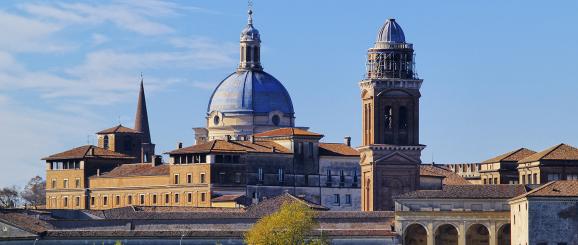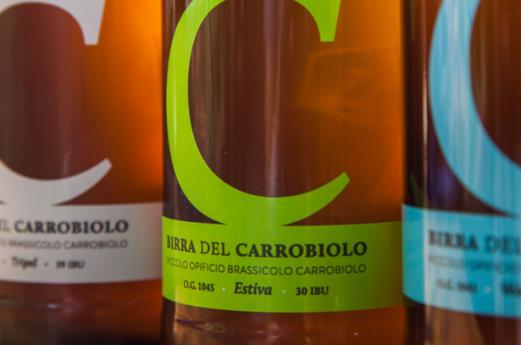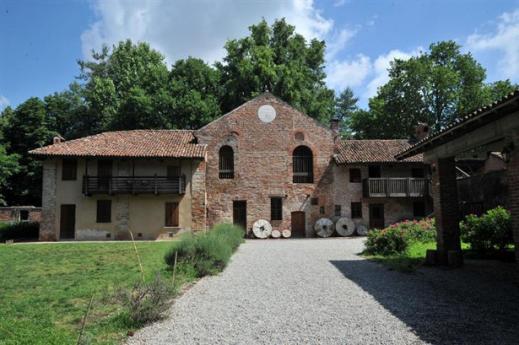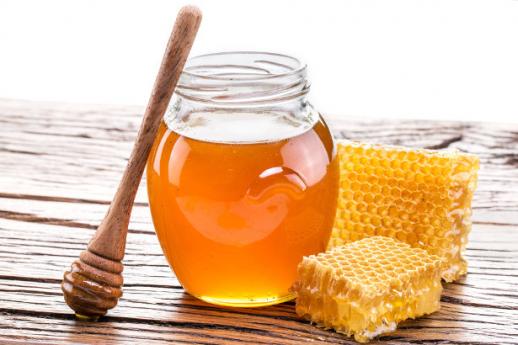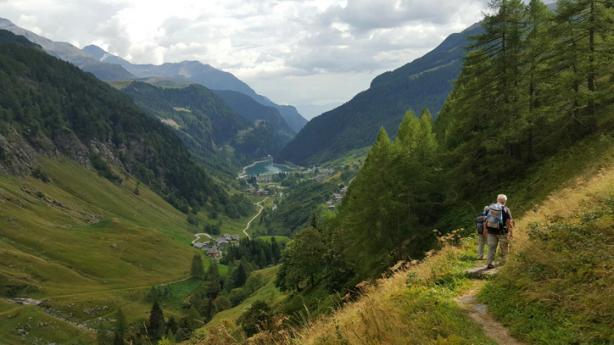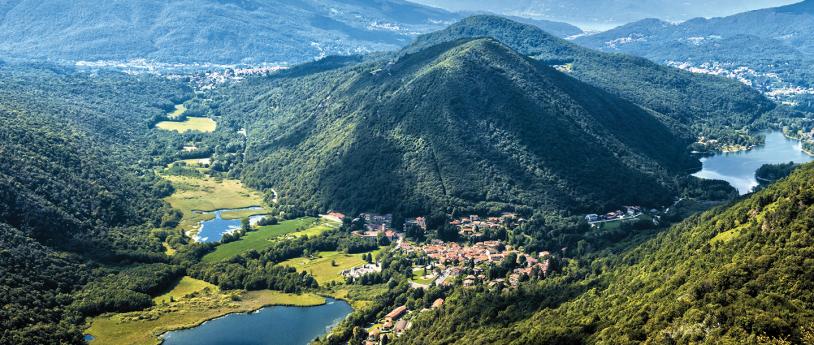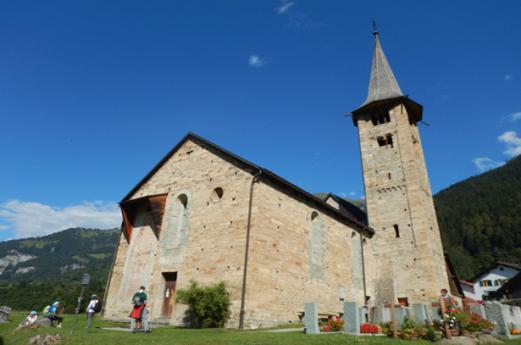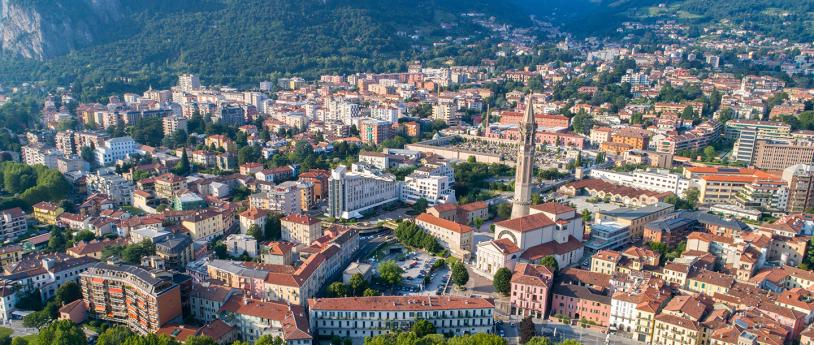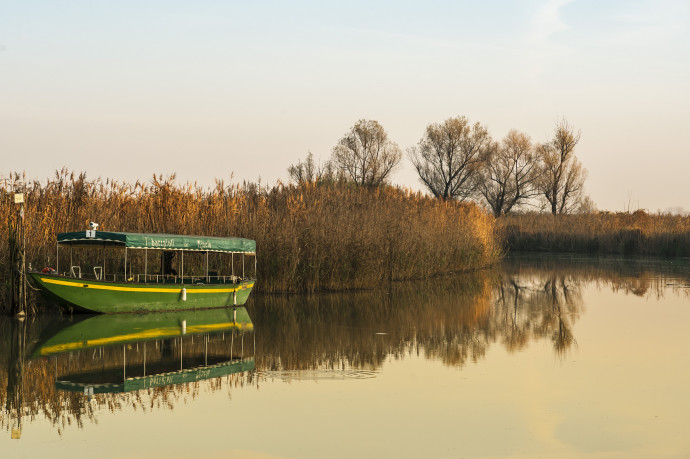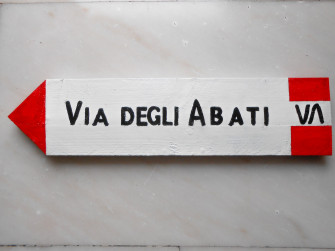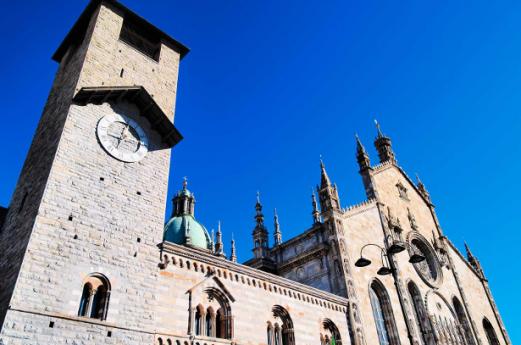- Religious Tourism
- Active & Green
The via Francigena
A road travelled for centuries by pilgrims, who headed South and made enormous sacrifices to reach the goal of the longed-for eternal city.
The via Francigena is one of the most important historical and cultural routes and runs for more than two thousand kilometres from England across the old continent, passing through France and Switzerland before arriving in Italy. A long corridor between Canterbury and Rome.
This is a significant example of a historic route described in Sigeric’s Diary of 990 that,
in recent years, has seen a revival of the phenomenon of the pilgrimage.
The 120-km long Lombardy stretch of the Via Francigena crosses the territories of Pavia
and Lodi and lies almost entirely within Lomellina, a land of streams, rice fields, canals and water meadows, with delightful towns from another era and castles, villas and historic farms, including the Sforzesca villa designed by Leonardo for Ludovico Sforza.
The first stretch of the road in Pavia starts at Palestro, passes through Robbio and reaches Mortara. Along the way, a visit should be made to the Chiese di San Valeriano, the ancient Cluny priory dating from the 11th century, and San Pietro di Robbio, with its wealth of splendid frescos.
Another stop should be made at Mortara to see the Basilica di San Lorenzo, the Abbey of Santa Croce and Sant’Albino, built on the spot where Charlemagne defeated the Lombards, even today convincing evidence of the extraordinary importance
of this road for Pavia.
Tromello is the first destination along the second Pavia stretch. A little pause to visit
the Santuario della Madonna della Bozzola di Garlasco, the destination for Christian pilgrimages in the 15th century, before heading off towards Pavia, the capital of Lombard rule.
A few kilometres from the city, in the middle of the countryside, stands one of the greatest masterpieces of the Italian Renaissance: the Certosa di Pavia, which Gian Galeazzo Visconti ordered to be built as the family chapel in 1396.
The Pavia Duomo is also worth a visit, a cathedral laid out to the Greek cross plan with three naves flanked by semi-circular chapels, where the remains of San Siro and a precious 17th century reliquary in silverand crystals with the Holy Thorns of the Crown of Christ are preserved.
We continue towards San Michele Maggiore, where the fearsome Barbarossa was crowned King of Italy in 1155, until reaching the Basilica di San Pietro in Ciel d’Oro, which preserves the remains of Saint Augustine.
The last Pavia stretch of the Via Francigena ends at Lambrinia, in tribute to the peasant roots of the province, amidst memories of life in the fields and great Italian authors like Giuseppe Parini, Ugo Foscolo and Piero Verri, illustrious guests of the ancient Belgioioso manor house, founded by Galeazzo Visconti II in the second half of the 14th century.
Via Francigena continues into the territory of Lodi, from Ponte di Mariotto to Orio Litta along the river Lambro.
Pay a visit to Cascina Cantarana, built by Cistercian Monks following the skilful reclamation of marshland, a major example oftheir abilities. Admire the wonderful building, with the large courtyard overlooked by country residences, stables, wash-houses and troughs.
Continue along the Po following the banks of the river Lambro, immersed in the Lodi countryside, to the Transitum Padi di Sigerico in the municipality of Senna Lodigiana, the destination of pilgrims from northern Europe, who embarked here on their way to Rome.
Mountain bike enthusiasts will appreciate the circular route, created to connect Orio Litta and Corte Sant’Andrea, through Ospedaletto, Senna Lodigiana and Mirabello.
5 REASONS TO COVER THE ROUTE
1. Inside the Abbey of Sant’Albino at Mortara,bricks bear the traces of the passage of pilgrims, dating from the 11th century. A real trip back in time!
2. Along the Via Francigena, you will be able to sleep as the ancient pilgrims did, staying in Abbeys, Pillgrim’s Hostels and Sanctuaries.
3. The evocative spectacle in the Parco del Ticino along the stretch from Garlasco to Pavia: the views of the river and dense forests, a variety of wildlife.
4. A day out in Pavia, a wonderful city, crossroads of countless historic paths that will remain at its heart.
5. The unspoiled nature and beauty of these lands, which in the past were the settings for the summer residences and hunting lodges of illustrious historic characters, from Galeazzo Visconti II to Ludovico Sforza who, in 1486, ordered the construction of Villa Sforzesca at Vigevano.
